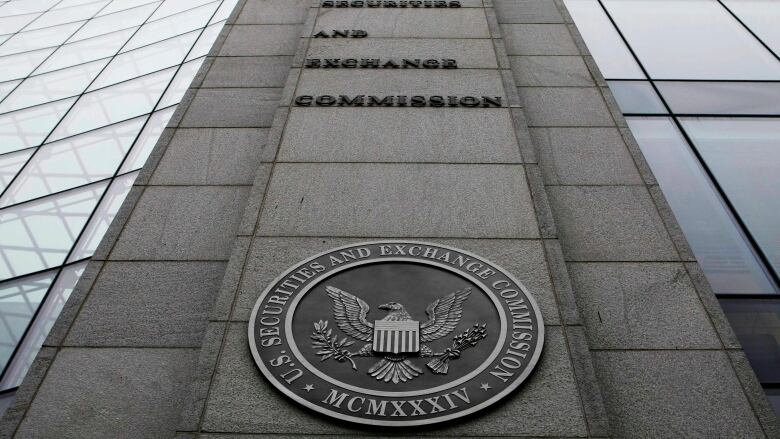SEC unveils CEO pay-ratio rule
Proposed rule would compare salary to ordinary workers

Public companies would have to show the difference in pay between their CEOs and ordinary employees under a proposal advanced by U.S. federal regulators.
The Securities and Exchange Commission voted 3-2 Wednesday to propose a rule that would compel companies to report that information publicly. Companies would have to report the ratio between their chief executive's annual compensation and the median, or midpoint, pay of employees.
The two Republican commissioners, Daniel Gallagher and Michael Piwowar, opposed the proposal, calling it political showmanship meant to publicly "shame" CEOs.
"Shame on us for putting special interests ahead of investors," Piwowar said before the vote.
Business groups such as the U.S. Chamber of Commerce vigorously oppose the requirement, saying it will be costly and time consuming for companies to gather the pay information on their employees. The mandate also could put U.S. companies at a disadvantage relative to their foreign competitors, the business interests say.
New tool for investors to evaluate CEO pay
Brandon Rees, deputy director of office of investment at the AFL-CIO, says the rule will be good for investors.
The SEC pay-ratio rule will shed a light on company compensation practices, not just for the CEO, but also for other employees of the company. Providing this pay-ratio disclosure will give investors greater context to evaluate CEO pay levels in the U.S., which have grown tremendously in recent decades, he said in an interview with CBCs Lang & OLeary Exchange.
Rees said U.S. CEO pay is about 354 times the pay of average employees, a rate well ahead of the rest of the world and both investors and boards need to examine that dynamic at a time when workers are being asked to do more with less.
The value of the pay-ratio disclosure for individual companies is that it will help investors understand the impact of high CEO pay levels on employee morale and productivity, he said.
When you get a high ratio in an organization, it hurts teamwork, you get a higher turnover and reduced productivity that is one factor that boards of directors and investors should be considering, he added.
Under the proposal, companies would have the choice of calculating median employee pay from their total workforce or based on a sample of it.
Proposal open for public comment
The SEC opened the proposal to public comment for 60 days; it could be formally adopted sometime after that.
The move was called for by the 2010 financial overhaul law. Executive compensation is a hot-button issue with the public and in Congress, and it took on greater urgency during the financial crisis that began in the fall of 2008.
Outsize pay packages were blamed for encouraging disastrous risk-talking and short-term gain at companies at the expense of long-term performance.
Investor advocates, shareholder groups and union pension funds have pushed for reporting of the CEO-employee pay gap.
Reflecting the intense interest, the SEC received more than 20,000 comment letters on the issue.
Critics say the pay gap between CEOs and workers has widened sharply in recent decades. CEOs of major corporations earned 354 times more compensation last year than average American workers, double the gap in the early 1990s, according to the left-leaning Institute for Policy Studies think tank.
The SEC in 2011 gave shareholders at public companies the right to register their opinions on the executives' pay at least once every three years, in a non-binding vote.












_(720p).jpg)


 OFFICIAL HD MUSIC VIDEO.jpg)
.jpg)



























































































